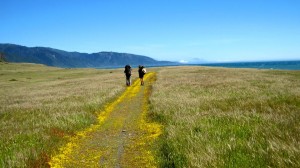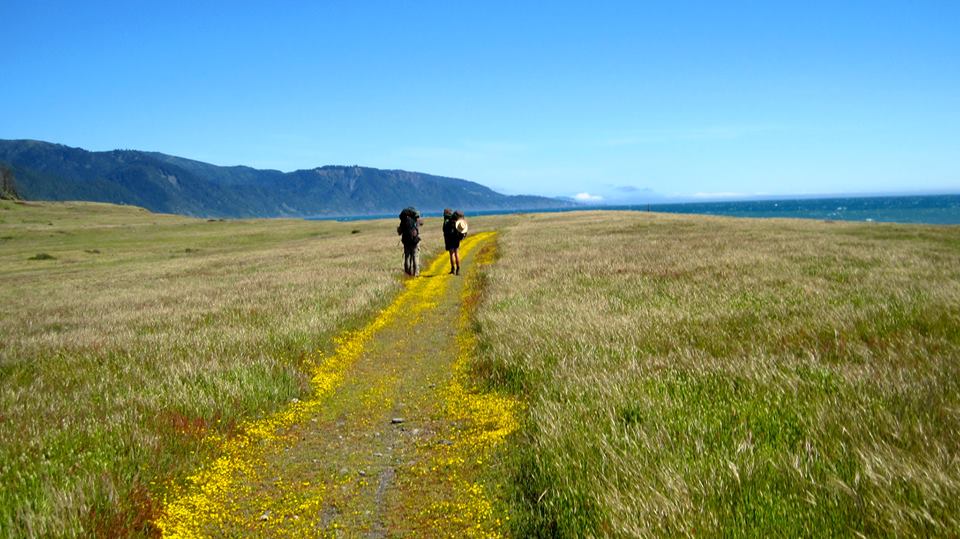Anyone who has interacted with me enough to discover where I am from, knows I am proud to be from the Golden State. I love the landscapes, the access to the outdoors, the food, the people.. in short I love my state. Part of this love comes from the role California has as a leader of environmental sustainability. It is currently the nations top producer of solar energy (in 2013, 18% of our power came from solar), and is rated number one in clean technology (Bennett). None of this is to say that don’t have annoyance and anger towards the egregious environmental short comings of my state (don’t get me started on fracking, or almond production) but AB 32 reminds me of the environmental promise in California.
The the Global Warming Solutions Act (AB 32) is one of the most comprehensive actions to mitigate climate change while living up to its promises of co-benefits. It takes a multitrack approach with, “Reductions in GHG emissions [that] will come from virtually all sectors of the economy and will be accomplished from a combination of policies, planning, direct regulations, market approaches, incentives and voluntary efforts” (“Assembly Bill 32 Overview.”). It will improve energy efficiency, expand renewable energy, improve public transportation, reduce emissions, waste and increase technology all while saving consumers money, and improving community health (“Assembly Bill 32 Overview.” and Alvord). According to the Union of Conserned Scientists, “A recent study found that California’s low carbon fuel standard and cap-and-trade programs will save $8.3 billion in health costs between now and 2025 by reducing asthma attacks, hospitalizations, and other health impacts associated with poor air quality” (Alvord). AB 32’s ultimate aim is to return California’s net emissions by to 1990 levels by 2020 and the more ambitious aim of reducing emission 80% below 1990 levels by 2050 (“Assembly Bill 32 Overview.”).
Three cheers for my home state!

Work Cited:
Alvord, Adrienne. “Big Oil, Climate Change, and California’s AB32.” The Equation: Union of Concerned Scientists . N.p., 30 Sept. 2014. Web. 16 Oct. 2014. <http://blog.ucsusa.org/big-oil-climate-change-and-californias-ab32-669>.
“Assembly Bill 32 Overview.” California Environmental Protection Agency. Ca.gov, n.d. Web. 16 Oct. 2014. <http://www.arb.ca.gov/cc/ab32/ab32.htm
Bennett, Lisa. “Rays of Hope in California.”The Huffington Post. TheHuffingtonPost.com, 2 Oct. 2014. Web. 16 Oct. 2014. <http://www.huffingtonpost.com/lisa-bennett/rays-of-hope-in-californi_b_5916096.html>.


